In a first for the Maison, the acclaimed fashion designer transcends couture and Cognac in a special collection featuring a collectible sneaker, Masterpiece decanter, and Limited Edition bottle.
Hennessy is recently a collaboration with the world-renowned British Artistic Director Kim Jones. In an audacious meeting of two icons, the Hennessy X.O x Kim Jones collection bridges street and luxury in a unique celebration of the legendary blend’s impact on culture.
Interweaving the richness of Hennessy X.O’s 150-year heritage with Kim Jones’ creative vision, the collaboration features the Hennessy X.O Masterpiece designed by Kim Jones, the Hennessy X.O Limited Edition bottle by Kim Jones, and in a first for the brand, the HNY Low by Kim Jones. This also marks the first time Maison Hennessy has partnered with a fashion designer, and that Kim Jones collaborates with a spirits brand.
“We are thrilled to embark on a new odyssey blending Cognac-making and couture with Kim Jones, a creative master of our time,” said Laurent Boillot, Hennessy CEO. “Inspired by the emblematic personality of Hennessy X.O, Kim has developed a resolutely contemporary collection that is destined to make an impact on culture today and in the future.”
For Hennessy X.O, Kim Jones pays tribute to Cognac-making and couture, two processes that touch on an understanding of science and the natural world as well as artisanal craftsmanship and savoir-faire. He follows in the footsteps of a formidable lineage of great masters who have helped cement Hennessy X.O’s cultural resonance over the years, including Frank Gehry, Cai Guo-Qiang and Ridley Scott.
“I’m fascinated by the rich heritage of Hennessy, a household name behind which artisans have spent hundreds of years creating this special cognac,” says Kim Jones. “Storytelling is very important for me regardless of what I’m designing or who I’m collaborating with – I want my designs to educate and inspire people through the stories they tell.”
Designed by Kim Jones and crafted in an LVMH-owned shoe factory in Italy, the limited edition HNY Low by Kim Jones is inspired by early basketball shoes. It is made of a light Cognac-coloured nubuck leather, a material that takes on the patina of time, a reference to the precious eaux-de-vie.
Contrasting with the classic upper, a technical sole in tonal grooved rubber features an imprint of Cognac vines and the Hennessy X.O x Kim Jones logo on its underside, while the initials KJ and the Hennessy bras armé emblem discreetly adorn the heel.
“I wanted it to be elevated and chic, to reflect both the long heritage of cognac and my own design values,” says the designer, who also transposed the curves of the Hennessy X.O bottle onto the sneaker. “I wanted it to feel like you’re almost looking into the bottle. It’s a glass of Cognac in sneaker form.”
True to the sneakerhead aesthetic, Kim Jones made packaging a part of the overall experience. Each pair of HNY Low by Kim Jones comes sheathed in cotton dust bags bound by a high-end drawstring, a shape recalling bottles that used to be wrapped in thick paper during travel. The sneakers are presented in an oak box that revisits the barrels used to age the eaux-de-vie, its wavy top echoing the plateau for the Hennessy X.O Masterpiece designed by Kim Jones.
Retailing at a suggested price of 650 euros, the HNY Low by Kim Jones will drop in March 2023 in partnership with HBX as the global exclusive online retail partner, and in selected retail spaces.
Designed exclusively for Hennessy by Kim Jones, produced using 3D printing technology, and finished by hand, the sculptural Hennessy X.O Masterpiece has been produced in only 200 examples. The decanter demonstrates how humanity and technology can work together to create something unique, “like a piece of bespoke couture for a bottle,” the designer notes.
The Hennessy X.O Masterpiece draws inspiration from the making of Hennessy X.O, an art perfected by eight generations of Master Blenders. A specially developed titanium casing entirely encapsulates the bottle like an architectural second skin. Its twisting folds evoke both the couture technique of draping and the way in which, at the turn of the 20th century, Hennessy bottles were carefully hand enveloped in tissue paper as a way of protecting their fragile parchment paper labels. Its base, an undulating oak plateau, nods to the barrels used to age eaux-de-vie that would eventually be blended to create Hennessy X.O.
While the bottle is entirely obscured from view, the Cognac can be extracted using the fusil designed by Kim Jones, an elegant and playful ritual to serve a glass of the Hennessy X.O blend. As a finishing touch, the decanter itself has been dipped in gradient colours, an effect inspired by the shades of the different eaux-de-vie selected by the Master Blender to compose Hennessy X.O.
Says Kim Jones, “When I saw how the vintage Hennessy bottles were wrapped, it spoke volumes to me about how precious each one is, and how they were handled. I was particularly touched by their history, and the sense of how generations have dedicated their time to making each step of the process better and better. That same process also holds true with fashion.”
The third element of the collaboration is the Hennessy X.O Limited Edition ‘ready-to-wear’ version of the decanter specially imagined by Kim Jones. The Hennessy X.O bottle is encased in an aluminum second skin, its structure showcasing the signature shape of the bottle while evoking a couture silhouette. A true representation of the merger of fashion and culture with excellence and legacy, the limited edition bottle is the final piece of the Hennessy X.O x Kim Jones partnership.
n time for the collection launch, Hennessy X.O unveils The Fabric of Time, a campaign video featuring a cameo of Kim Jones as he steps into the Hennessy X.O universe. Created by French creative trio Bleu Désert, the video places the collection at the convergence of human and mechanical movement.
Through the artistic mind of Kim Jones, the piece introduces a strange futuristic environment, halfway between a distillery and an haute couture atelier. An elusive robot takes the viewer through the space, slowly uncovering the inspiration behind the poetic details of The Fabric of Time as it passes next to an imposing mechanical alembic system. As the robot enters the main room, the Hennessy X.O Masterpiece designed by Kim Jones is revealed under the concealed watchful eye of the designer.
The Fabric of Time and collection items will be displayed in select global retail locations, each evoking the futuristic elements of the collaboration and video through interactive content and experiences.


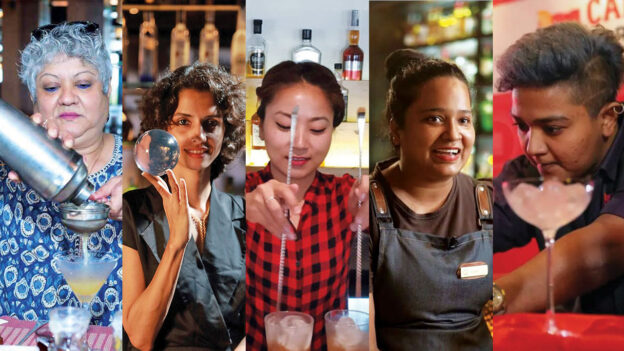
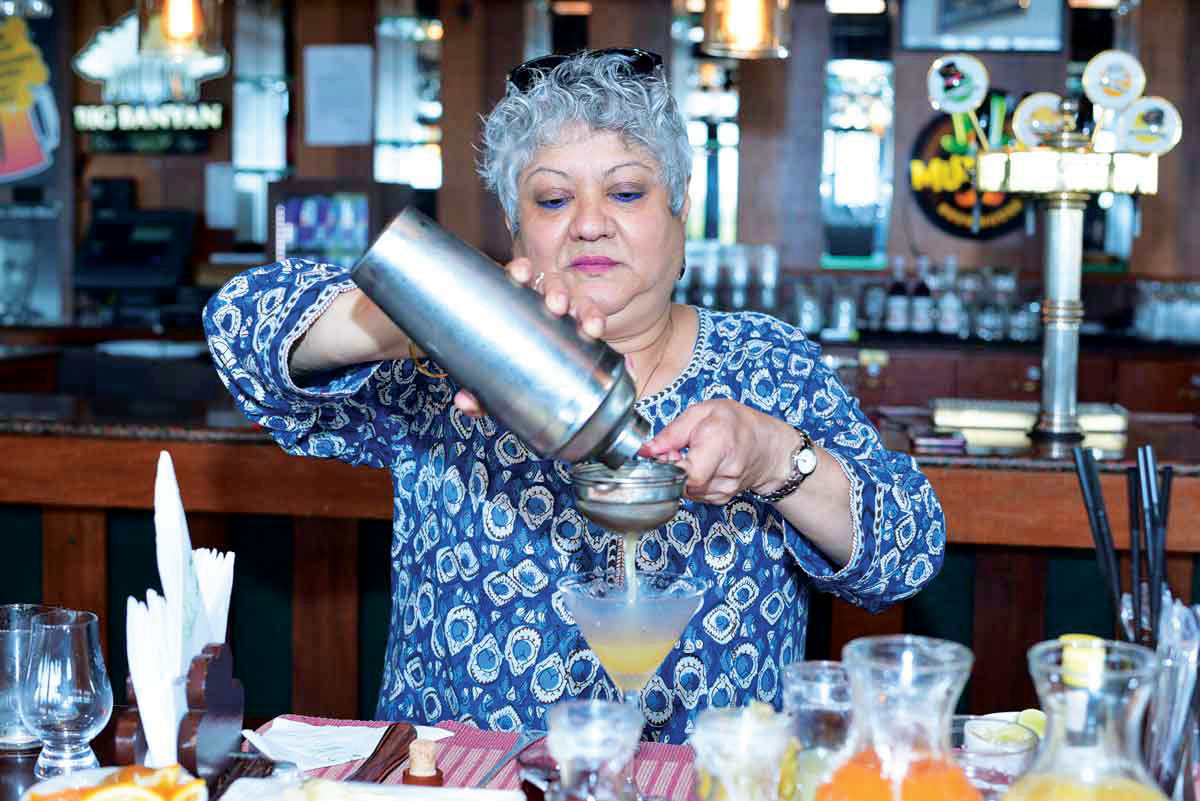
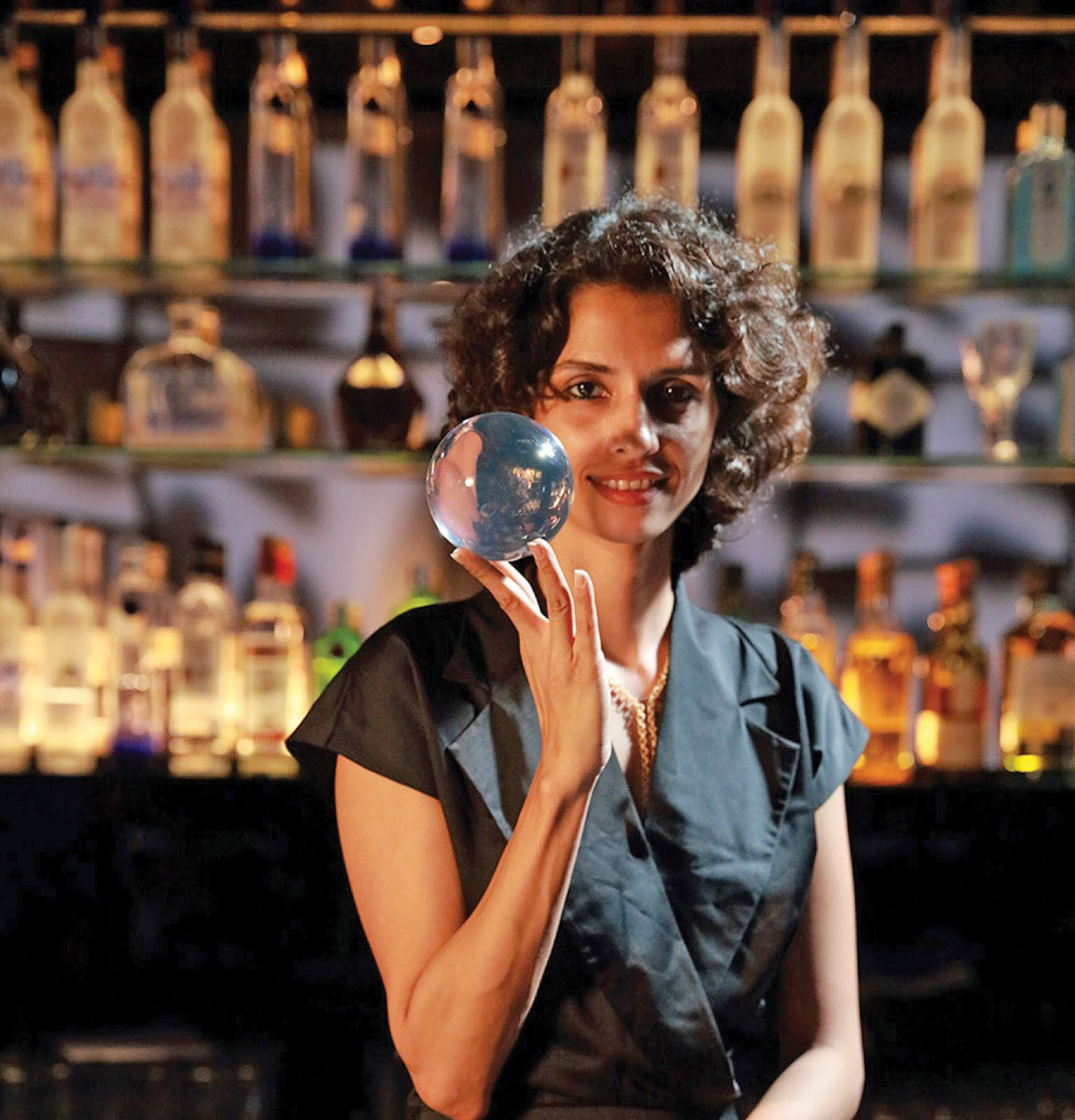
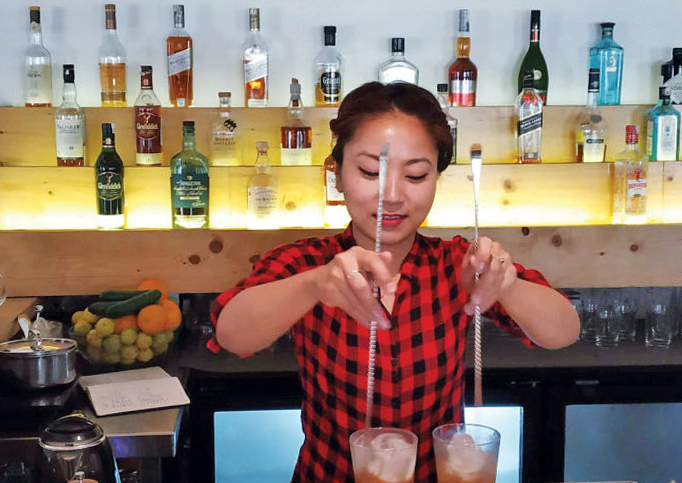
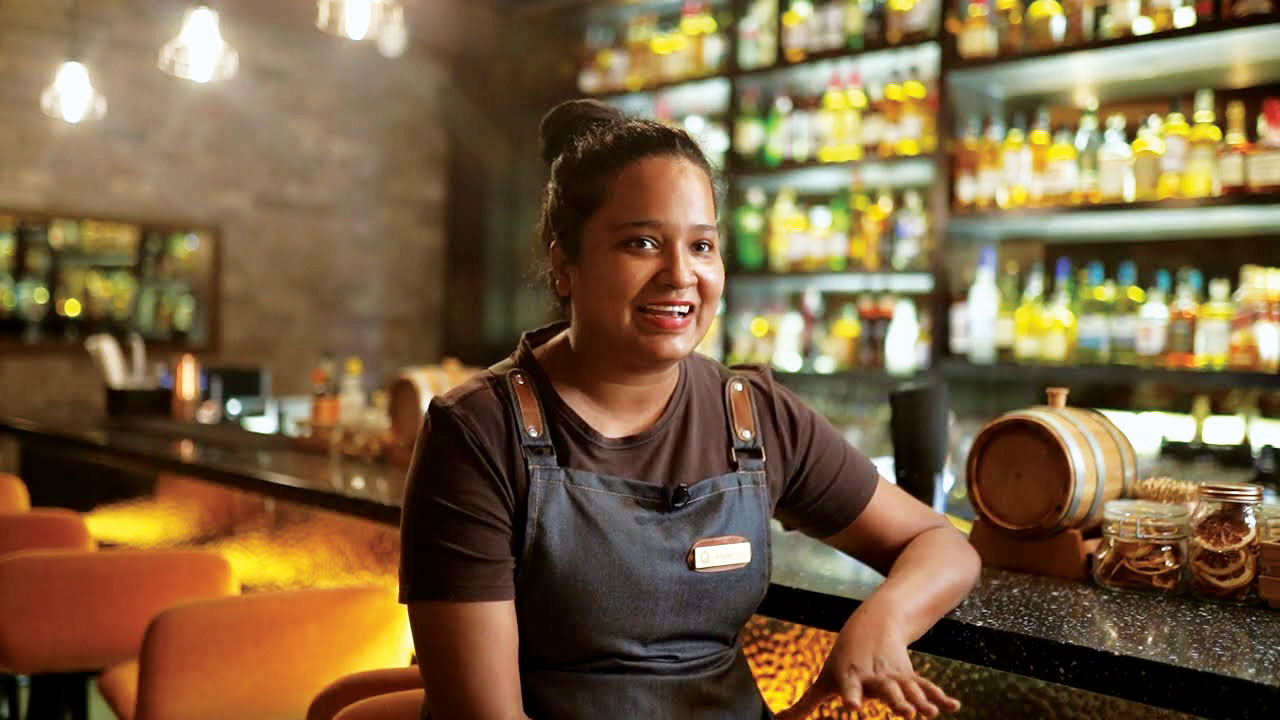
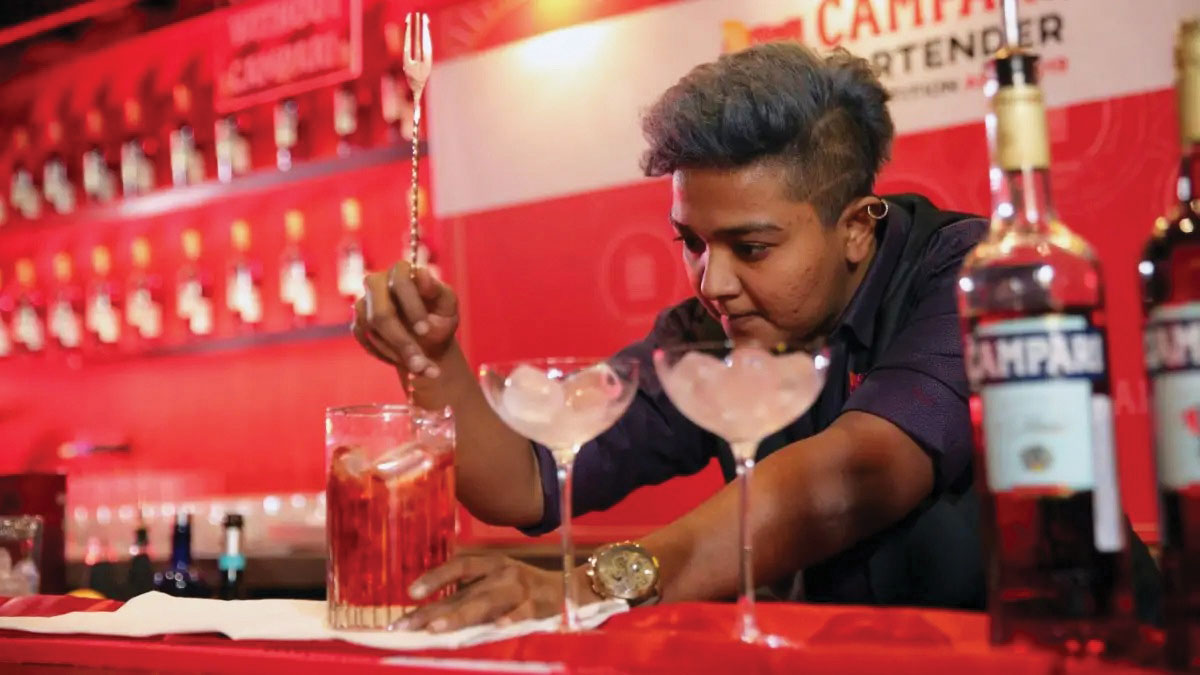
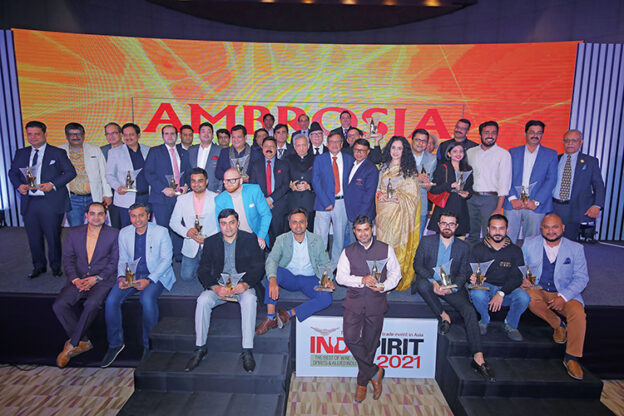
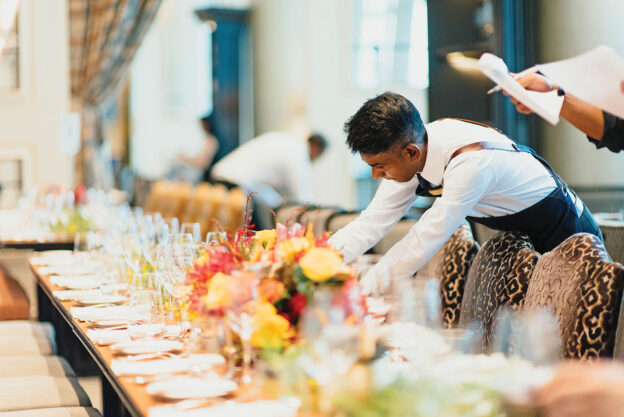

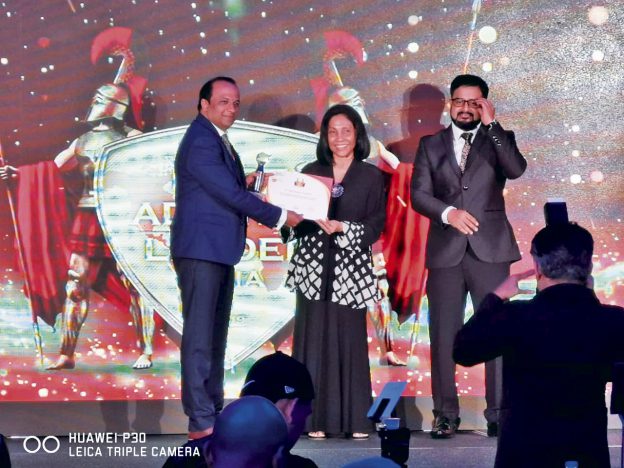

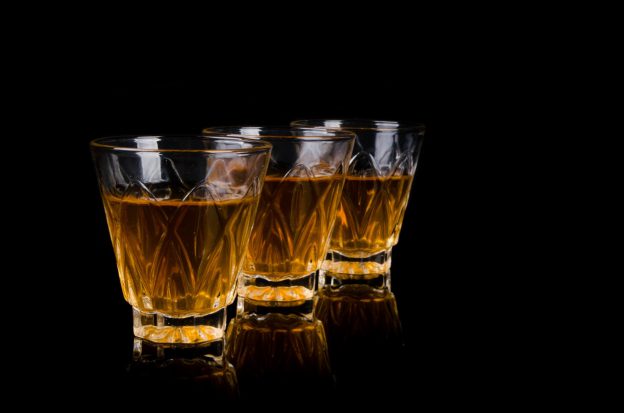
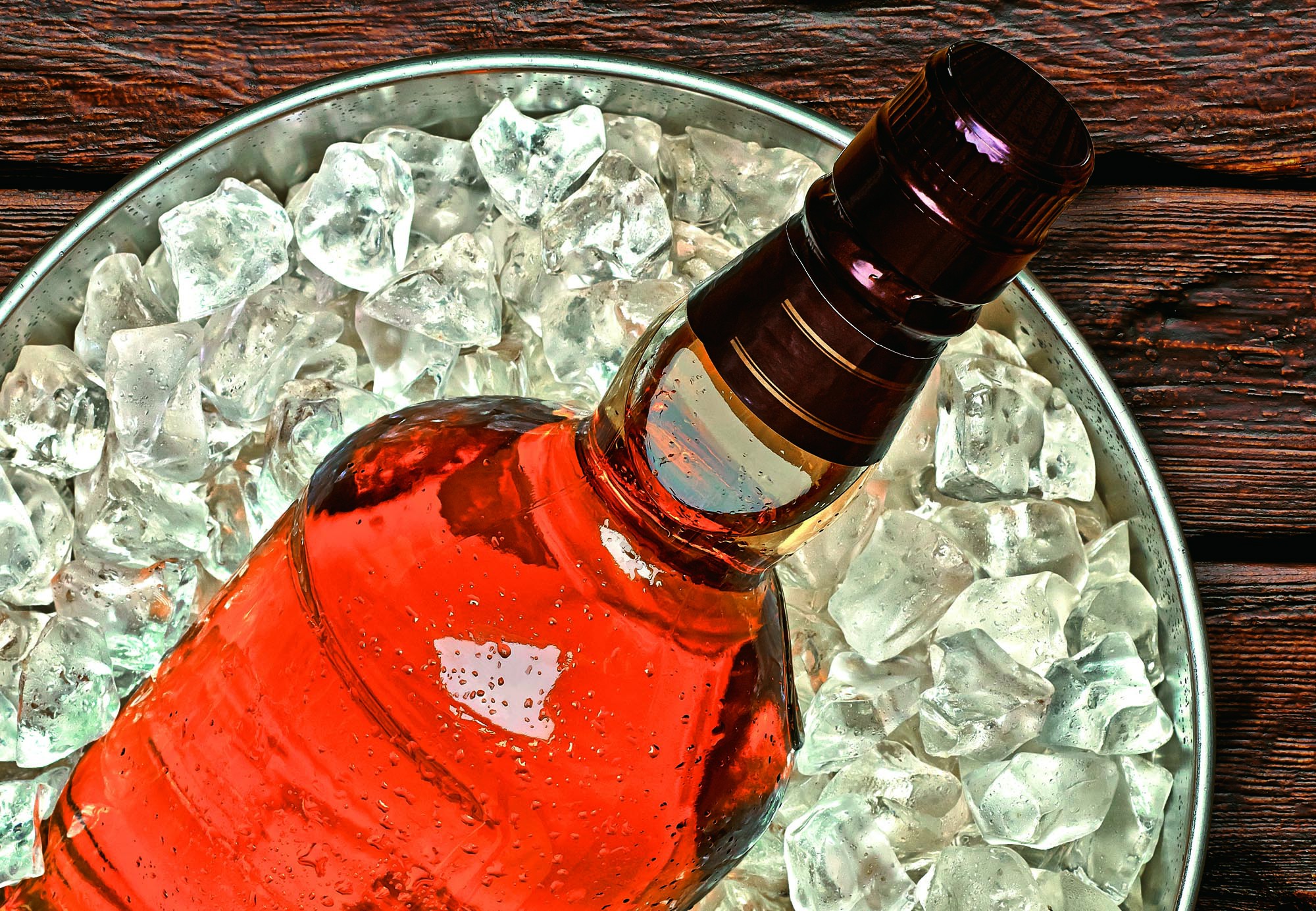 sign that the Scotch Whisky industry remains confident about the future. This is great news for our many employees, our investors, supply chain and, of course, for our consumers all over the world, who love Scotch.
“This report also highlights the high rate of domestic tax that Scotch Whisky faces in the UK. In the US, Scotch and other whiskies are taxed at just 27% of the rate that HM Treasury taxes us here at home. We will continue to press the Chancellor for fairer treatment of Scotch Whisky in our domestic market, which reflects the vital economic contribution the thousands of people who work in whisky make to the UK economy every day.”
sign that the Scotch Whisky industry remains confident about the future. This is great news for our many employees, our investors, supply chain and, of course, for our consumers all over the world, who love Scotch.
“This report also highlights the high rate of domestic tax that Scotch Whisky faces in the UK. In the US, Scotch and other whiskies are taxed at just 27% of the rate that HM Treasury taxes us here at home. We will continue to press the Chancellor for fairer treatment of Scotch Whisky in our domestic market, which reflects the vital economic contribution the thousands of people who work in whisky make to the UK economy every day.”
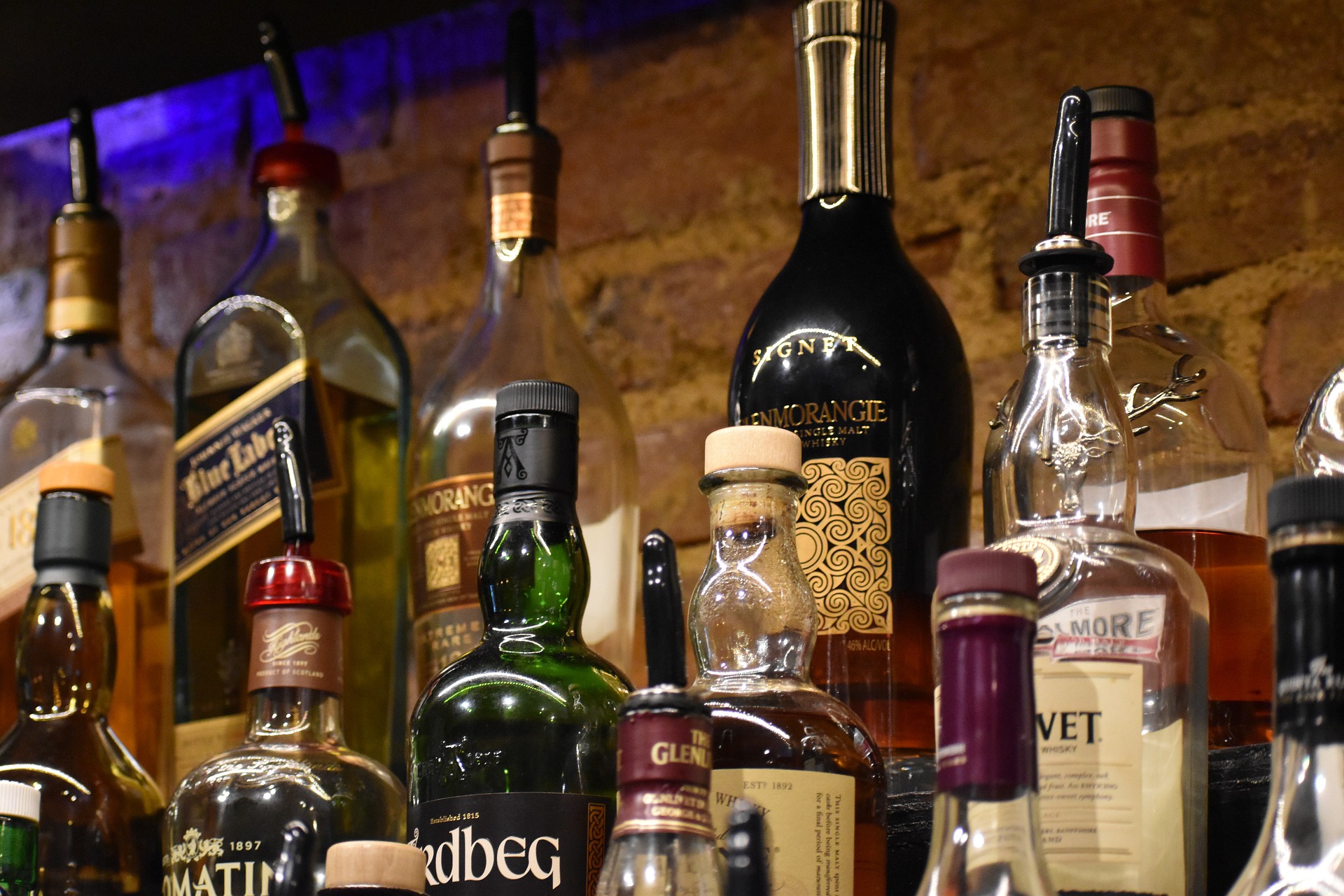 contributes more than double than life sciences (£1.5bn) to the Scottish economy, supporting more than 42,000 jobs across the UK, including 10,500 people directly in Scotland, and 7,000 in rural communities.
contributes more than double than life sciences (£1.5bn) to the Scottish economy, supporting more than 42,000 jobs across the UK, including 10,500 people directly in Scotland, and 7,000 in rural communities.
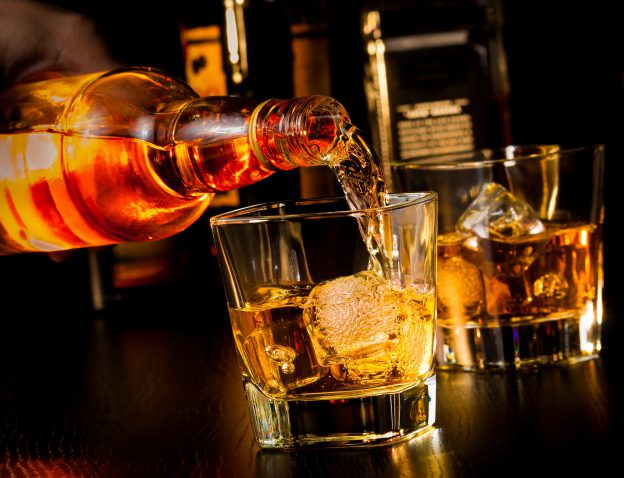
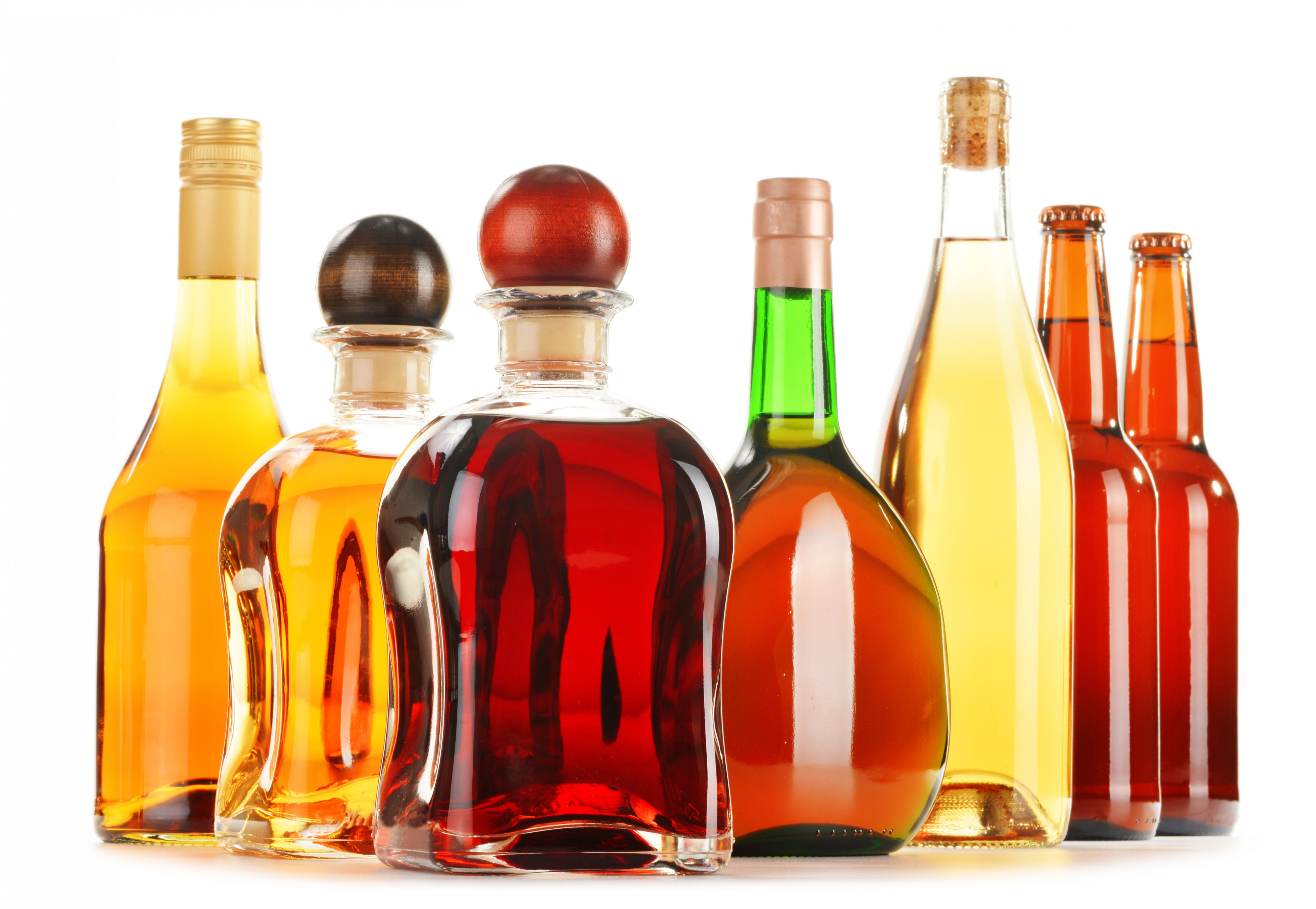 A growing spirits distribution sector worldwide – especially in France where there were now between 20 and 30 national distributors compared with three or so 29 years ago – was further evidence of trade and consumer demand.
Trends pushing spirits expansion are: revivals of traditional spirits such as Calvados and Armagnac where there was growing interest in Asia; rediscovery of locally-produced spirits, eg Irish Whisky, Gin and Vodka; global interest in little-known spirits such as Mezcal; new exotic spirits such as agricultural rum from Tahiti, “where no spirits at all were made 10 years ago”.
A growing spirits distribution sector worldwide – especially in France where there were now between 20 and 30 national distributors compared with three or so 29 years ago – was further evidence of trade and consumer demand.
Trends pushing spirits expansion are: revivals of traditional spirits such as Calvados and Armagnac where there was growing interest in Asia; rediscovery of locally-produced spirits, eg Irish Whisky, Gin and Vodka; global interest in little-known spirits such as Mezcal; new exotic spirits such as agricultural rum from Tahiti, “where no spirits at all were made 10 years ago”.
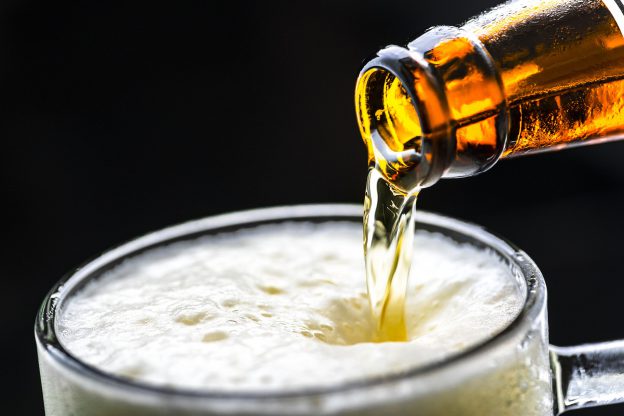
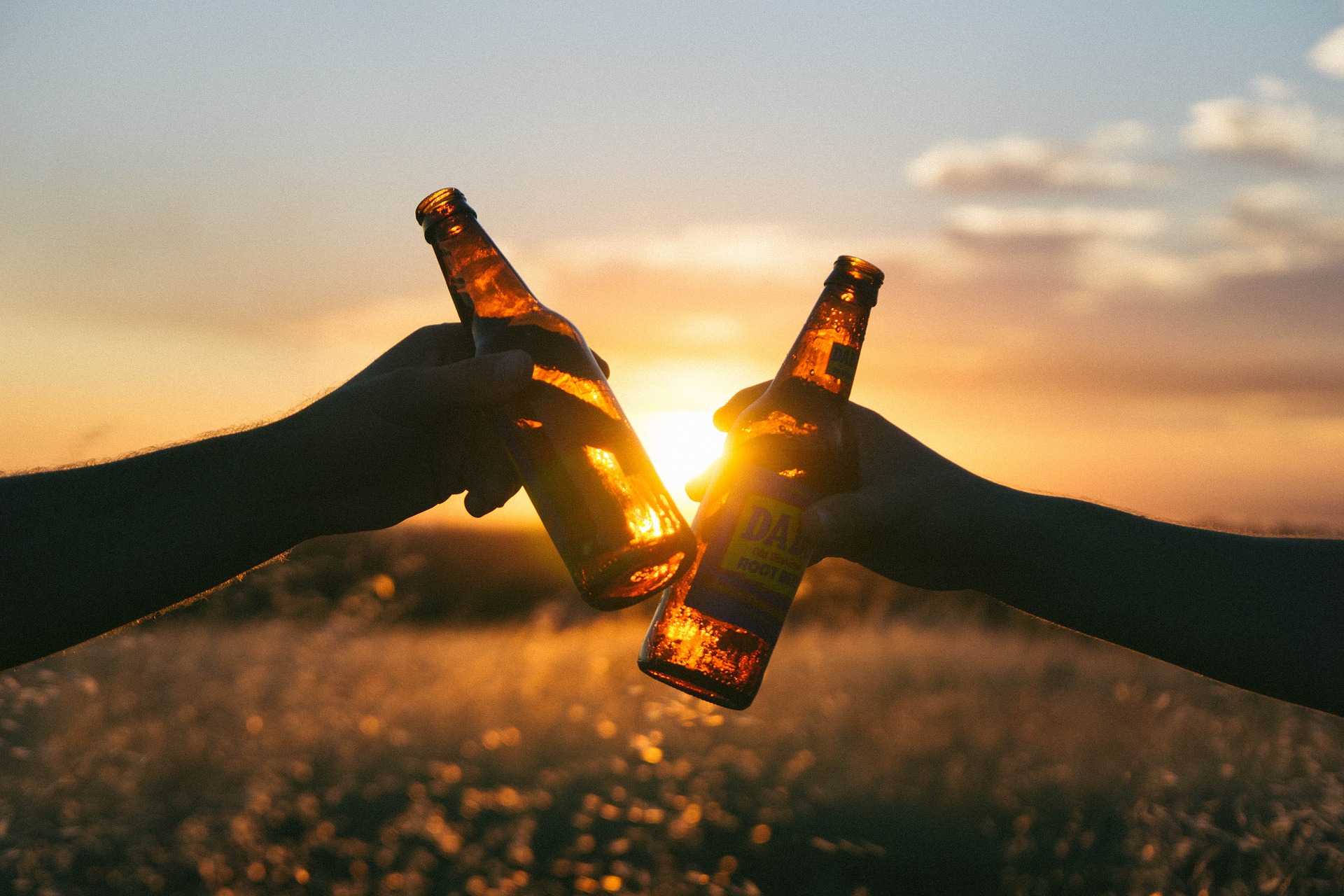 of the market. By 2023, the gin category is expected to reach 88.4m cases globally, with particular strong growth in key markets such as the UK, Philippines, South Africa, Brazil, Uganda, Germany, Australia, Italy, Canada and France. Notably, Brazil has emerged as a new hotspot for the category, with volumes there more than doubling last year and forecasted to grow at 27.5% CAGR 2018-2023, as the gin-and-tonic trend has increased in upmarket bars of São Paulo and Rio de Janeiro.
of the market. By 2023, the gin category is expected to reach 88.4m cases globally, with particular strong growth in key markets such as the UK, Philippines, South Africa, Brazil, Uganda, Germany, Australia, Italy, Canada and France. Notably, Brazil has emerged as a new hotspot for the category, with volumes there more than doubling last year and forecasted to grow at 27.5% CAGR 2018-2023, as the gin-and-tonic trend has increased in upmarket bars of São Paulo and Rio de Janeiro.
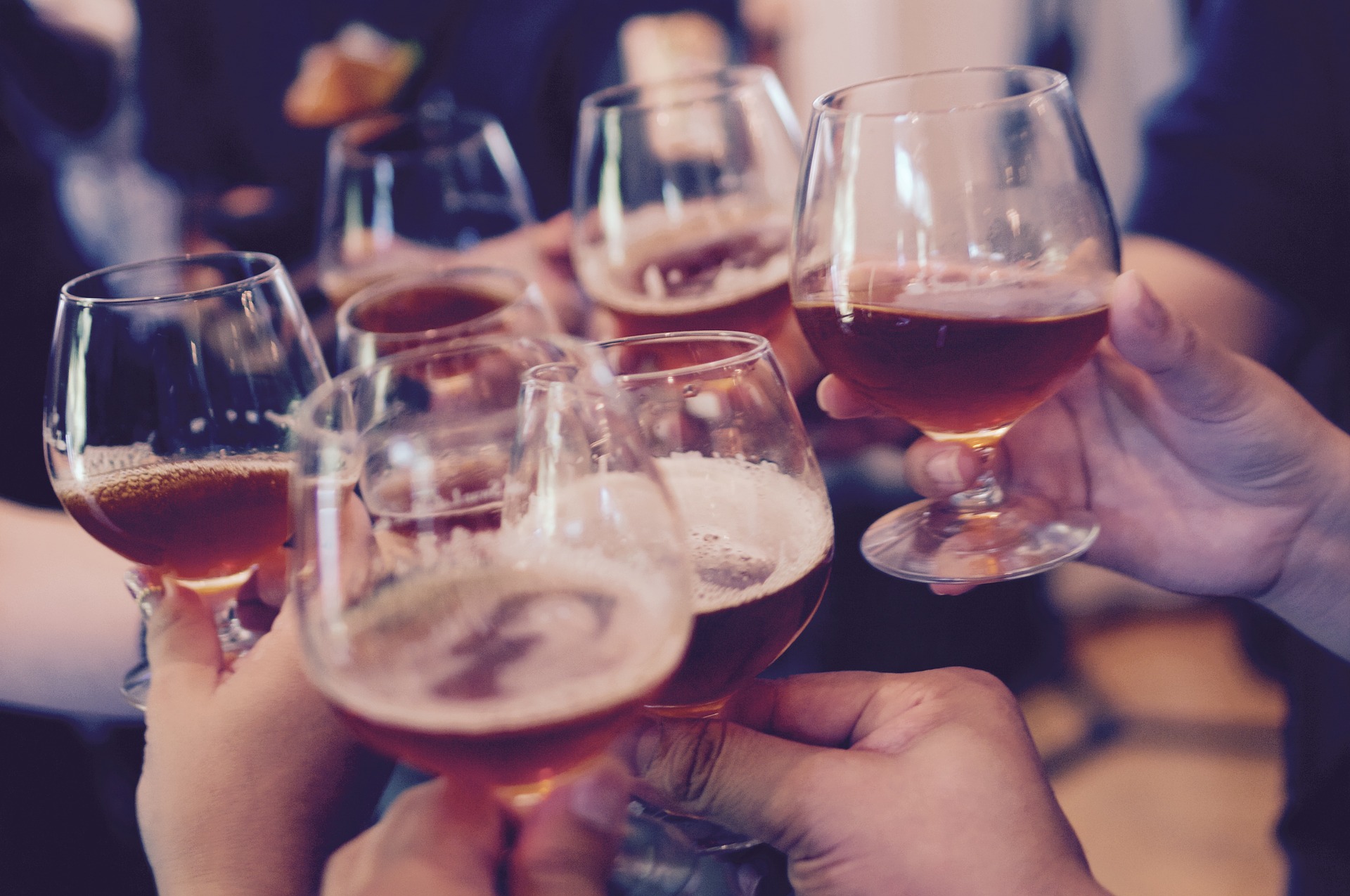 they are relatively dry, which makes them more food-friendly and sessionable. In the US, the popularity of alcohol seltzers has been a tremendous engine for growth in the RTD market. In the cider category, as investment levels in those products continue to rise, almost 270m cases are expected by 2023, a 2.0% CAGR 2018-2023. Both of those categories (mixed drinks and cider) are taking share from beer as perceived accessibility increases (less bitter, easier to drink.)
they are relatively dry, which makes them more food-friendly and sessionable. In the US, the popularity of alcohol seltzers has been a tremendous engine for growth in the RTD market. In the cider category, as investment levels in those products continue to rise, almost 270m cases are expected by 2023, a 2.0% CAGR 2018-2023. Both of those categories (mixed drinks and cider) are taking share from beer as perceived accessibility increases (less bitter, easier to drink.)
